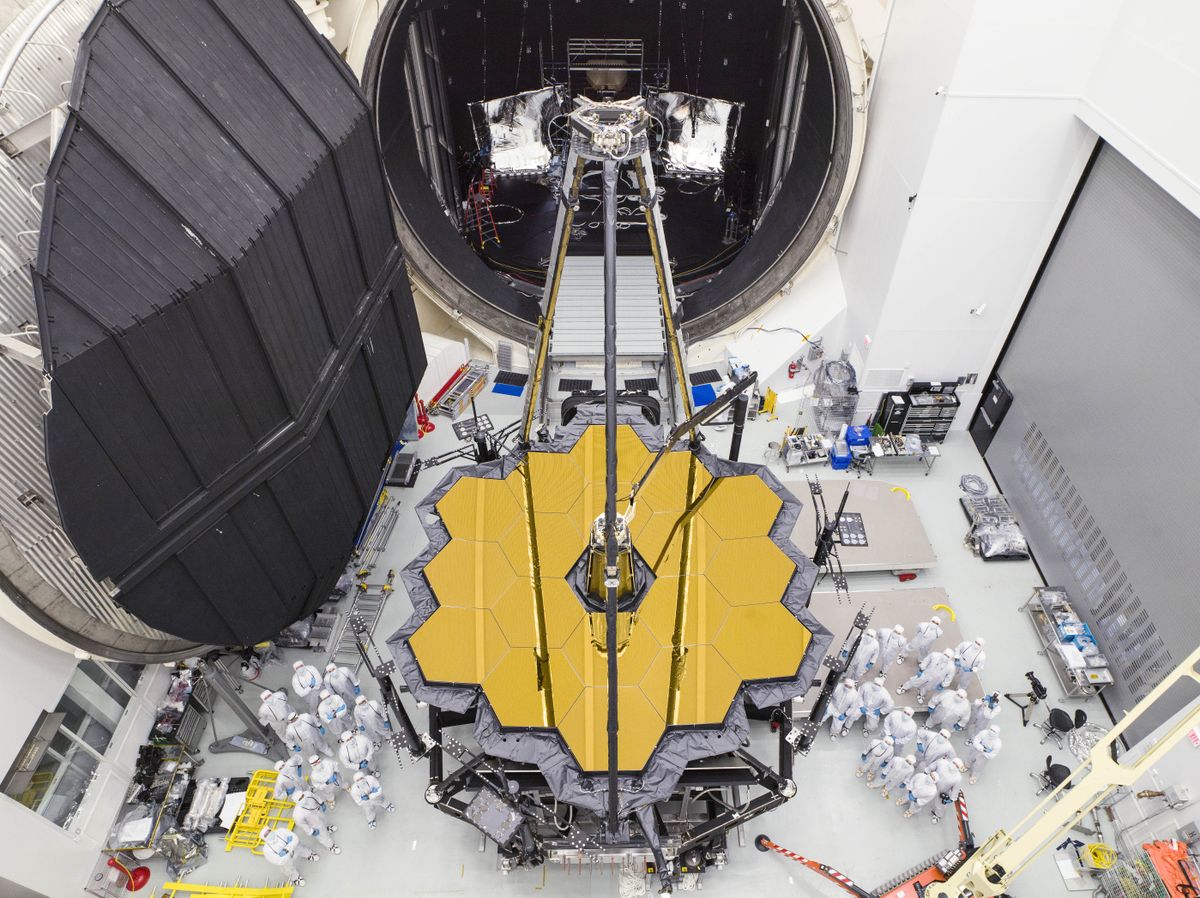

Nitrogen and oxygen, with trace amounts of gases associated with life An Earth-like planet would have an atmosphere made primarily of Imagined, but it makes sense to start by looking for worlds like our What are we lookingįor? Life on other worlds may be more exotic than anything we’ve ever These changes show up particularly well in the infrared, which isĮxactly the kind of light JWST is equipped to see. Interactions between the starlight and exoplanet’s atmosphere. Not only does the amount of light change, the type changes too, due to Which creates a small dip in the amount of starlight we see from Earth. One of the ways we study exoplanets is by watching them pass in front of their host stars, Do any of these worlds host life as we know it? JWST will take us another step closer to finding out. So far, we know of more than 4,000 exoplanets - planets orbiting stars. It complements and extends Hubble’s observations, becoming the world’s newest premiere space observatory. JWST is able to see a much larger portion of the infrared spectrum than Hubble, and collects six times more light. Infrared-capable space telescopes can determine the atmospheric composition of planets orbiting other stars, look through clouds of dust and gas to see newborn stars, and even peer back through time to see galaxies that formed right after the Big Bang! The observatory builds upon three decades of discoveries by the Hubble Space Telescope, which launched in 1990 and has revolutionized our understanding of the cosmos.Įarth’s atmosphere distorts our view of distant celestial objects and blocks certain wavelengths of light, including slices of infrared that human eyes cannot see. Webb was designed to spend the next decade in space, however, a successful launch preserved substantial fuel, and NASA now anticipates a trove of insights about the universe for the next twenty years.Science is all about standing on the shoulders of giants, and that’s certainly the case for JWST. The tallest pinnacles of that celestial body are about seven light-years high. Perhaps the most stunning image from the first release of visuals is that of the star-forming region in the Carina Nebula, which shows what researchers refer to as “cosmic cliffs,” or what appears to be rugged, mountain-like forms that are actually the edges of immense gaseous activity. There’s also the mesmerizing Southern Ring Nebula, which is comprised of shells of dust and gas released by two dying stars, and Stephen’s Quintet, five glowing galaxies captured in Webb’s largest composite to date, reaching a size that would span approximately one-fifth of the moon’s diameter.
Webb space telescope Patch#
Rich with glimmering galaxies, the composite comprises “a patch of sky approximately the size of a grain of sand held at arm’s length by someone on the ground,” administrators said in a statement. The very first images include a stunning composite of SMACS 0723 as it appeared 4.6 billion years ago. Preparation for the mission began in the 1990s, and the 6.7-ton telescope is currently focused on documenting planetary evolution and spectroscopic data about their chemical makeup, which involves targeting five cosmic objects: the gassy planet WASP-96 b that’s about 1,150 light-years away, the Southern Ring Nebula, Stephan’s Quintet galaxy, the SMACS 0723 galaxy clusters, and the 7,600 light-years away Carina Nebula with enormous stars that dwarf the sun. Webb is capable of getting four times closer to the cosmological event than the Hubble Space Telescope, which helps scientists better understand how the universe has evolved since. The telescope is equipped with a host of near-infrared tools that will help visualize galactic phenomena and celestial bodies that are otherwise invisible to the human eye. Launched in December, Webb is the world’s largest and most powerful observer with the ability to view cosmic bodies like the atmospheres of exoplanets, or those outside our solar system, and some of the first galaxies to emerge following the Big Bang 13.5 billion years ago. The instrument reaches deeper into the cosmos than any before. NASA’s James Webb Space Telescope unveiled its first-ever collection of high-resolution color images capturing an exceptional amount of detail about the universe. All images courtesy of NASA, ESA, CSA, and STScI


 0 kommentar(er)
0 kommentar(er)
